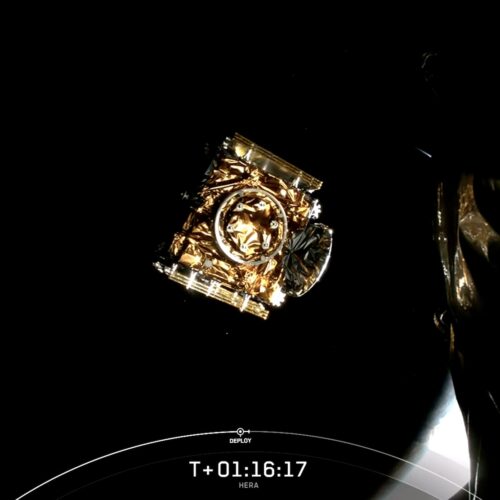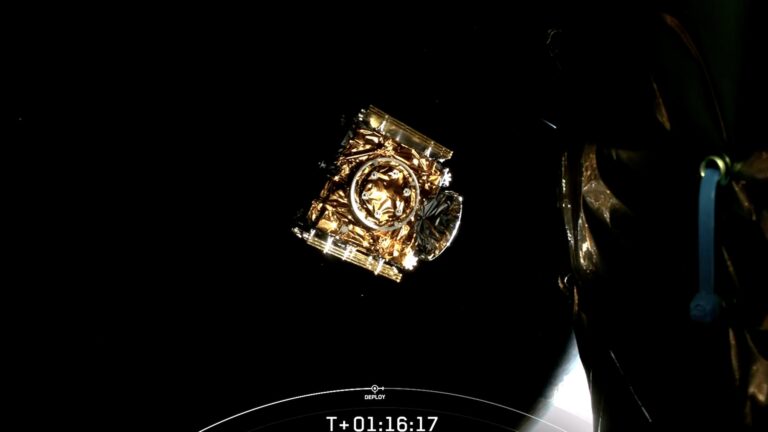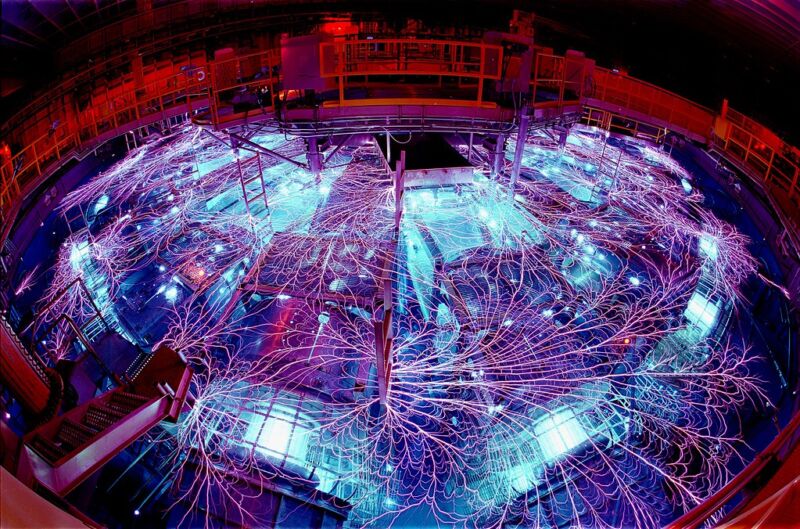SpaceX launches Europe’s Hera asteroid mission ahead of Hurricane Milton
Two years ago, a NASA spacecraft smashed into a small asteroid millions of miles from Earth to test a technique that could one day prove useful to deflect an object off a collision course with Earth. The European Space Agency launched a follow-up mission Monday to go back to the crash site and see the damage done.
The nearly $400 million (363 million euro) Hera mission, named for the Greek goddess of marriage, will investigate the aftermath of a cosmic collision between NASA's DART spacecraft and the skyscraper-size asteroid Dimorphos on September 26, 2022. NASA's Double Asteroid Redirection Test mission was the first planetary defense experiment, and it worked, successfully nudging Dimorphos off its regular orbit around a larger companion asteroid named Didymos.
But NASA had to sacrifice the DART spacecraft in the deflection experiment. Its destruction meant there were no detailed images of the condition of the target asteroid after the impact. A small Italian CubeSat deployed by DART as it approached Dimorphos captured fuzzy long-range views of the collision, but Hera will perform a comprehensive survey when it arrives in late 2026.


© SpaceX
